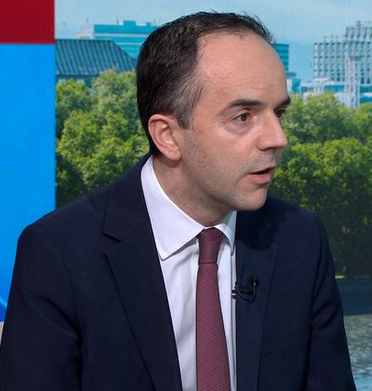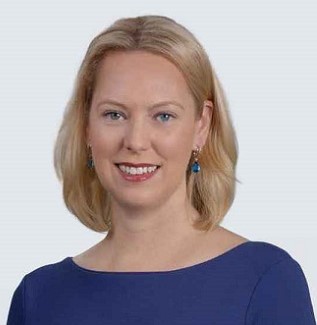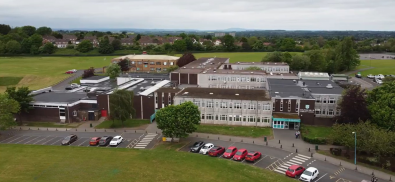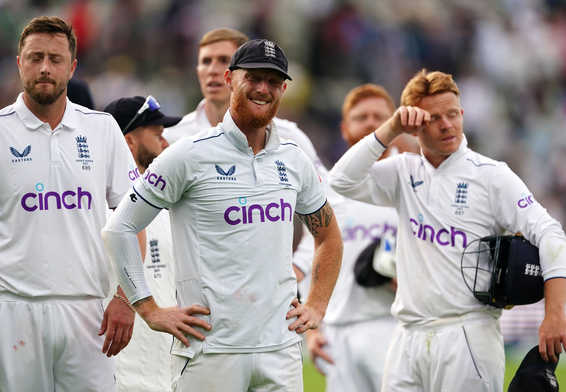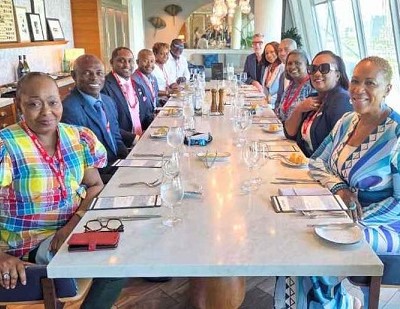Through a rare surgery not commonly practiced in the Americas, Health City Cayman Islands' orthopedic surgical team, led by Chief Orthopedic Surgeon and Joint Replacement Specialist Dr. Alwin Almeida, repaired a rugby player's shoulder with a minimally invasive arthroscopic procedure utilizing an advanced technique not yet available in the United States or Canada.
The surgery is called an arthroscopic Latarjet, and is the minimally-invasive adaptation of a commonly-used surgical procedure in orthopedics and sports medicine.
The beneficiary of this surgery was Cayman Islands national rugby player Edward Westin whose shoulder had dislocated more than 100 times after years of repeated injury. Even after corrective surgery, the joint was so damaged that it would dislocate in his sleep.
Dr. Almeida explained: "They do Latarjets in the U.S., but arthroscopic Latarjet is less common. The technique that we used was a special technique, which was [first] described by Dr. Pascal Boileau (from France). This is probably the first time it has been done in the (Caribbean and Latin American) region."
The Latarjet operation, also known as the Latarjet-Bristow procedure, is a surgical procedure used to treat recurrent shoulder dislocations, typically caused by bone loss or a fracture of the glenoid. The procedure was first described by French surgeon Dr. Michel Latarjet in 1954.
The arthroscopic Latarjet is one of the most difficult surgeries in shoulder arthroscopy and only a few surgeons in the world have the training to perform this technique.
The Health City orthopedic surgical team used both surgical implants and techniques which have been pioneered by the UK-based global medical device company Smith & Nephew and used throughout Europe.
Dr. Almeida explained: "It hasn't been done in the U.S. with that particular implant. The 'double button' technique is not available in the U.S. yet ... it's only going to be launched there next year."
After examining Westin and reviewing his medical records, Dr. Almeida thought he was a good candidate for the surgery. Westin had a condition called recurrent dislocation of the shoulder. He previously had surgery on his left shoulder which failed. He was reluctant to try again, but then he met Dr. Almeida at a 2017 press conference where Health City Cayman Islands announced the hospital's sponsorship of the "Big Game", an annual rugby event in the Cayman Islands.
Westin described the process that led him to the pioneering procedure: "He (Dr. Almeida) actually goes to the same church as me, and so I explained ... my injuries. I have dislocated my shoulders multiple times over the last few years, and he said whenever I have a break in my playing just to get ahold of him and come down to Health City and get them checked out."
"Edward is a special guy, he was one of my most challenging cases so far," Dr. Almeida said.
Ninety percent of the body's dislocations are shoulder-related since it's the most unstable joint in the body. Once the shoulder is dislocated, there is a 40 to 50 percent chance that the shoulder can dislocate again. Dr. Almeida noted the severity of Westin's condition: "It got to a point where it would dislocate even in his sleep, and he told me that it had dislocated probably more than 100 times."
After going over his records, the surgeon decided on the best procedure to help treat Westin's condition. "I studied the images and the surgery that was done on the left side and we realized he had undergone a surgery known as arthroscopic Bankart surgery. But the problem with him was really the bone loss. His glenoid socket was so small, and to add to that, the added bone loss that he had made it even smaller. So he had a very unstable shoulder," Dr. Almeida explained.


